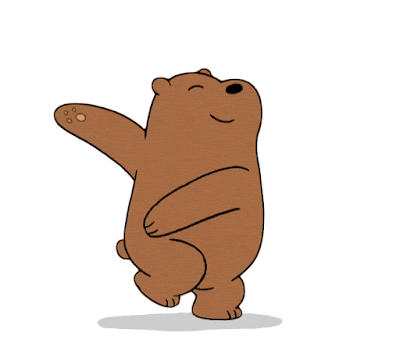Is one of a group of words that share the same pronunciation but have different meanings, whether spelled the same or not.
A more restrictive definition sees homonyms as words that are simultaneously homographs (words that share the same spelling, regardless of their pronunciation) and homophones (words that share the same pronunciation, regardless of their spelling)[1] – that is to say they have same pronunciation and spelling, but different meanings. The relationship between a set of homonyms is called homonymy. Examples of homonyms are the pair stalk (part of a plant) and stalk (follow/harass a person) and the pair left (past tense of leave) and left(opposite of right). A distinction is sometimes made between "true" homonyms, which are unrelated in origin, such as skate (glide on ice) and skate (the fish), and polysemous homonyms, or polysemes, which have a shared origin, such as mouth (of a river) and mouth (of an animal).
In non-technical contexts, the term "homonym" may be used (somewhat confusingly) to refer to words that are either homographs or homophones.[1] The words row (propel with oars) and row (argument) and row (a linear arrangement of seating) are considered homographs, while the words read (peruse) and reed (waterside plant) would be considered homophones; under this looser definition, both groups of words represent groups of homonyms.
A further example of a homonym, which is both a homophone and a homograph, is fluke. Fluke can mean:
- A fish, and a flatworm.
- The end parts of an anchor.
- The fins on a whale's tail.
- A stroke of luck
Another examples could be:


